Frame Information

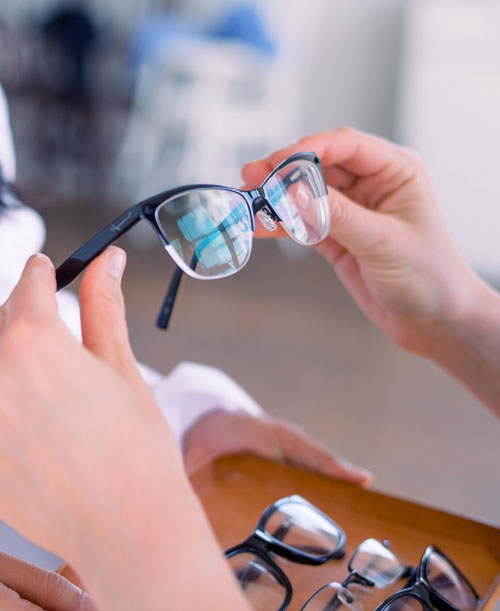
Frame Materials
There are several frame materials, but 2 main categories are readily available, Metal, and Cellulose Acetate (plastic), frames.
Cellulose Acetate (plastic) made from cotton and wood pulp, it is plant based and has been around since 1940’s. Lightweight and comfortable to wear for long periods. Hypoallergenic, colourful if desired and generally a good affordable option. Plastic frames have a fixed bridge within the shape of the plastic mould.
Metal frames tend to be slimmer in design and a bit lighter in weight than acetate (plastic). They consist of a compound of metal alloys in a range of options from the most common nickel alloys to stainless steel and titanium. They have adjustable, replaceable nose pads.
Simple metal alloy compounds containing nickel ( less than they used to) are less expensive and easy to adjust but should be avoided if a nickel allergy is present.
Stainless steel consists of an alloy of carbon steel and iron with an element like chromium. Adding chromium reduces rusting. It is lightweight and hypoallergenic and non-corrosive. Less expensive than titanium frames but not as lightweight.
Titanium is extremely lightweight, strong, and durable. It is also resistant to corrosion, hypoallergenic (in its pure form) and recyclable. It can cost a little more than other materials and has less bold options.
There are other materials that are less readily available that have other features such as aluminium, being recyclable, wood, being environmentally friendly and fashionable and memory metal having the ability to bend out of shape without breaking. The extra features tend to be reflected in the cost and therefore more expensive options.
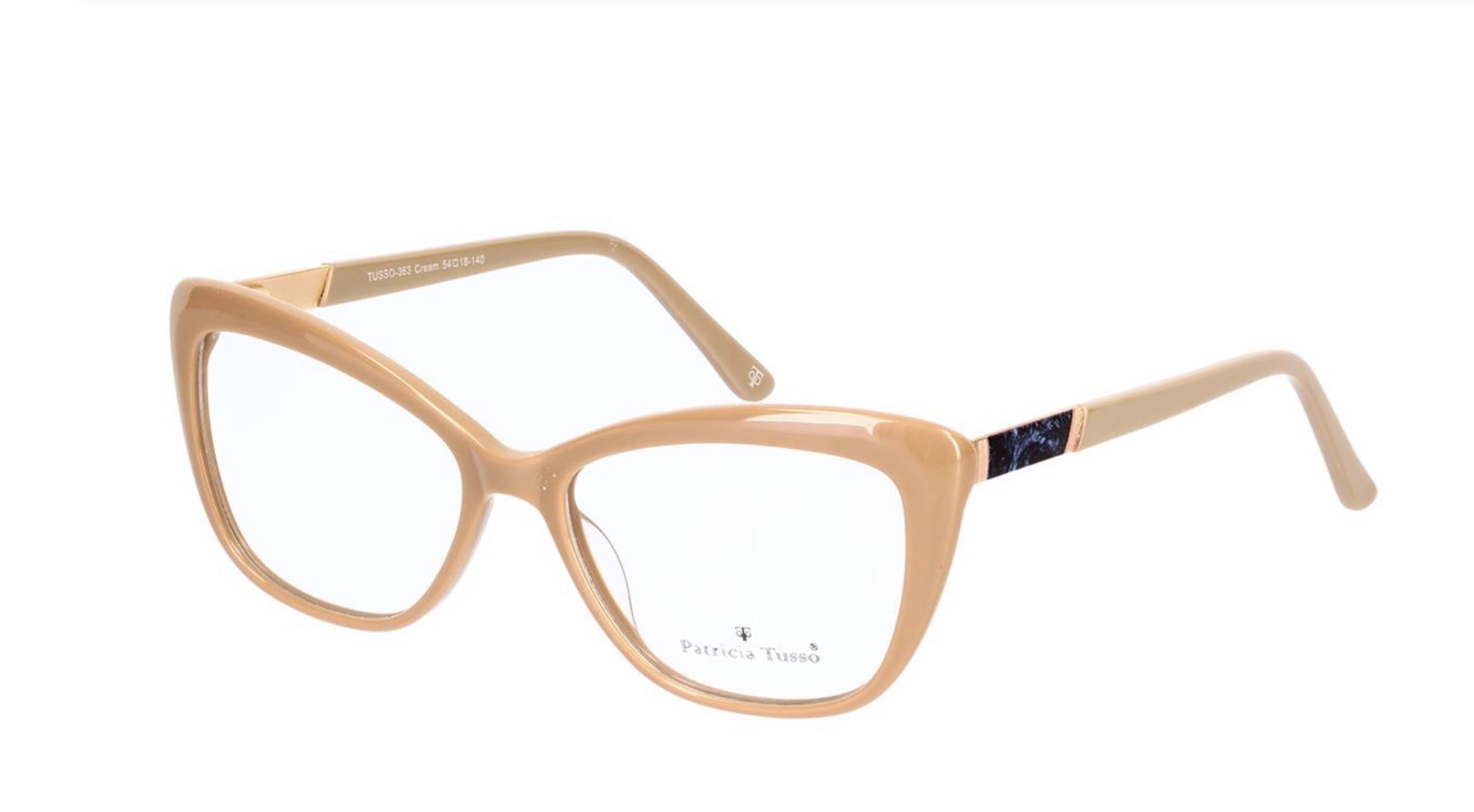
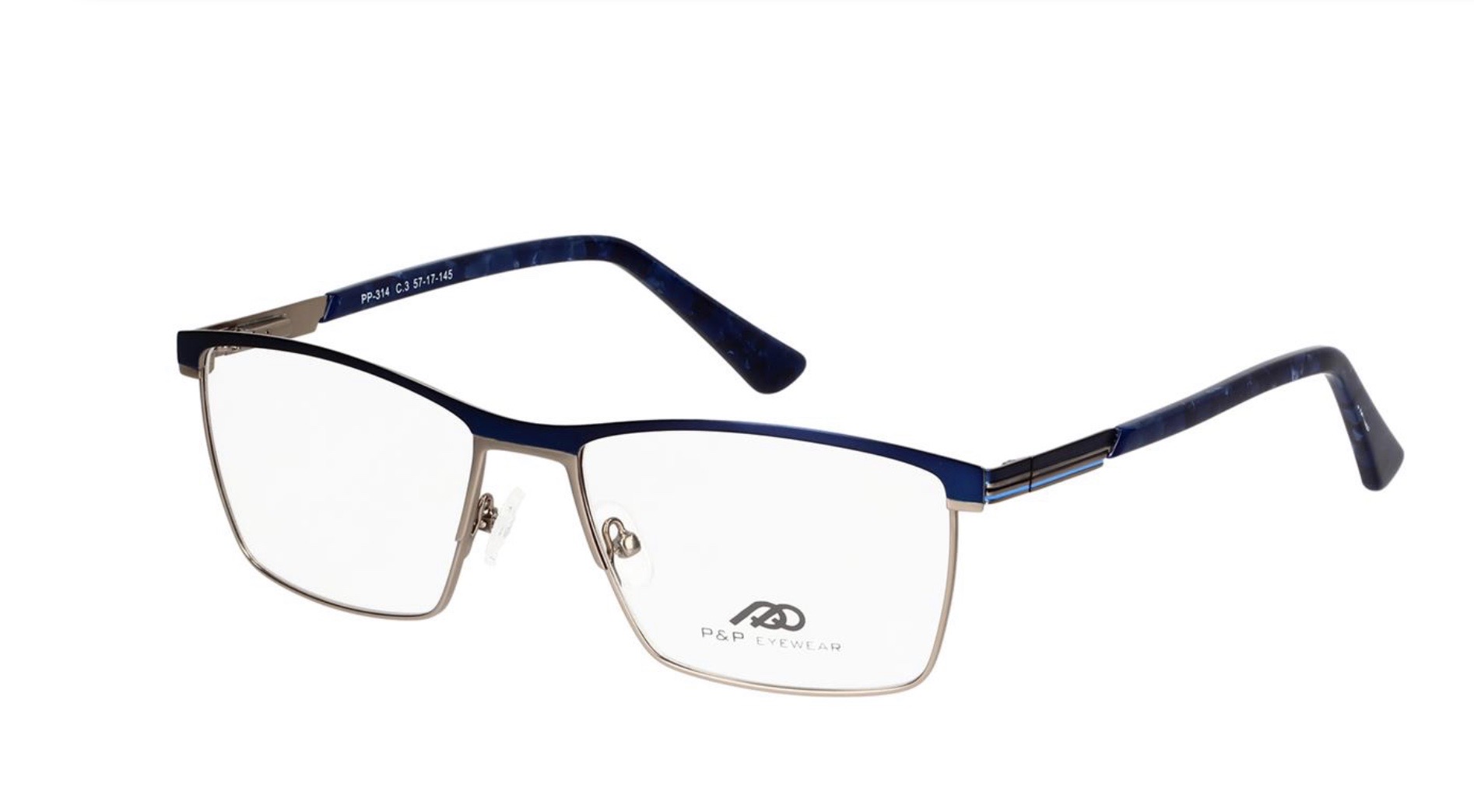
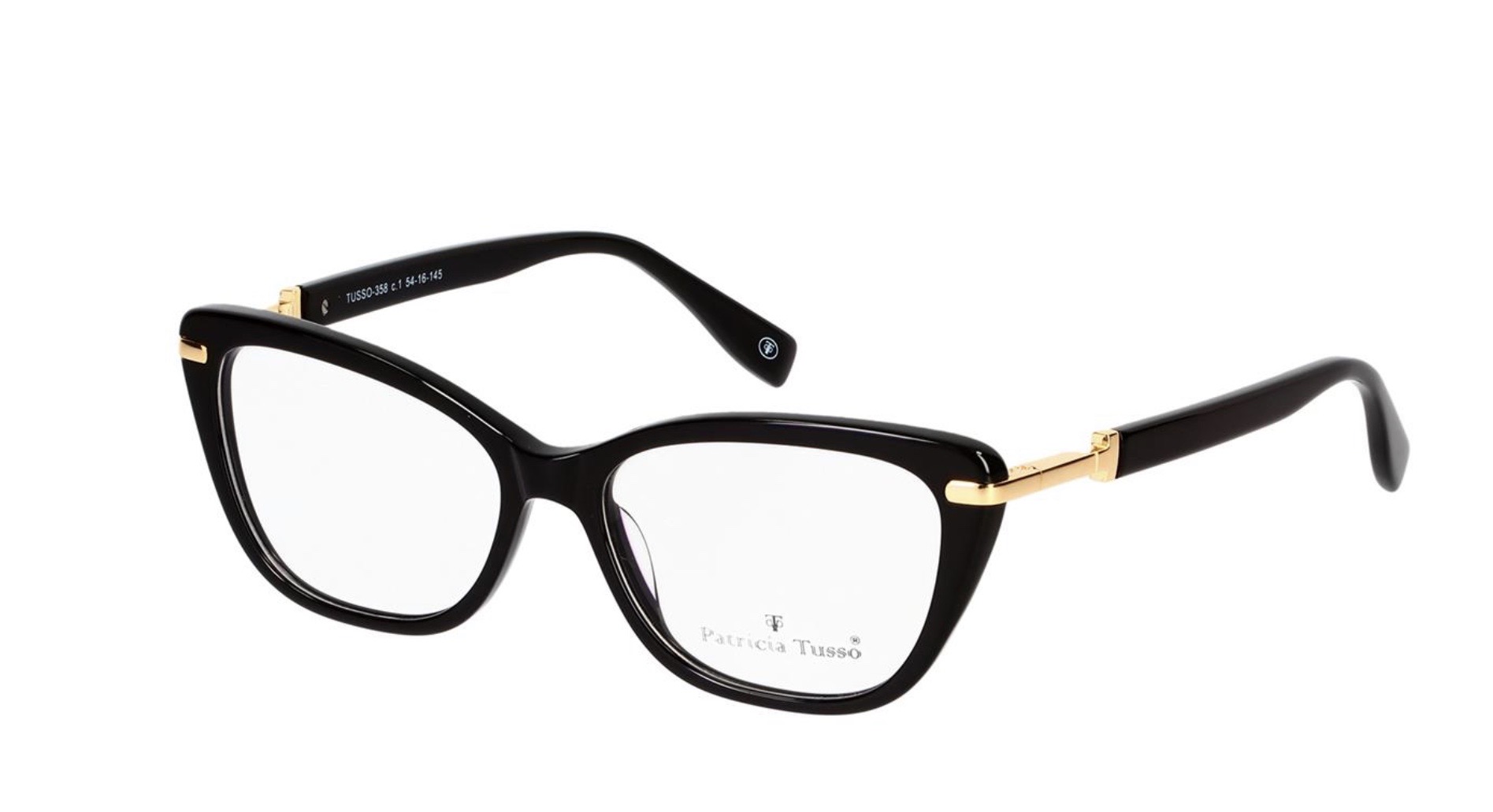
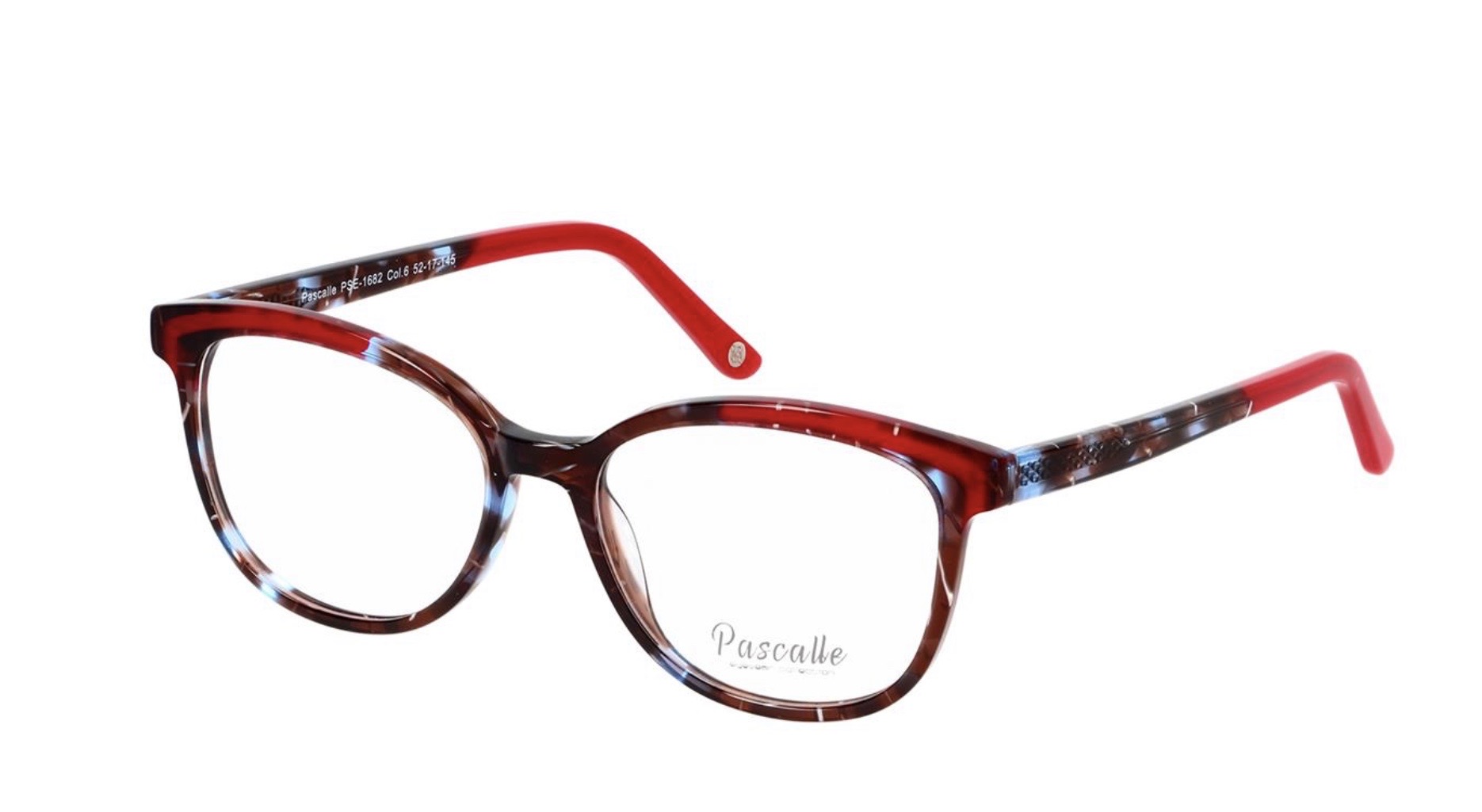

Quality Products at Affordable Prices
Providing you the best quality options of frames at affordable prices.

News Page
New products highlighted and discussed.

Passion
All of our frames are chosen with great care and a passion from quality suppliers.

Qualified Advice
Understanding your spectacle prescription may be frustrating. Send us your questions and we will happily assist you to make an informed choice.
Face & Frame Shapes
It is important to take a little time to consider the size and fit of your new frame. Remember if you choose an oversized frame, there will be unnecessary extra lens weight.
Wise choosing of frame shape will flatter certain face shapes while conversely the wrong shape will highlight that feature you dislike most! Have a look in the mirror and see what shape of face you have.
If you have a round face, contrasting with a rectangular frame or with sharp corners and stronger colours will flatter you more as it can help to lengthen the face.
If you have a square face with a flat square chin you want to avoid the angular styles as they would highlight your chin. Instead, you would find a round or oval shape with softer contours would flatter your face shape.
If you have a heart shape face, with a broad forehead and wide cheekbones narrowing to a small chin, you can contrast this with frames wider at the top than bottom rim to add width to face without highlighting cheeks or oval frames.
If you have an oval face, then fortunately most frames will suit as this is a balanced, soft shape. You can complement with solid colours in heavier styles.
Choosing frame colours that complement your skin & hair tone, such as gold frames for warm skin tones and silver for cooler skin tones can also be helpful.
If you require any frame advice please ask for assistance
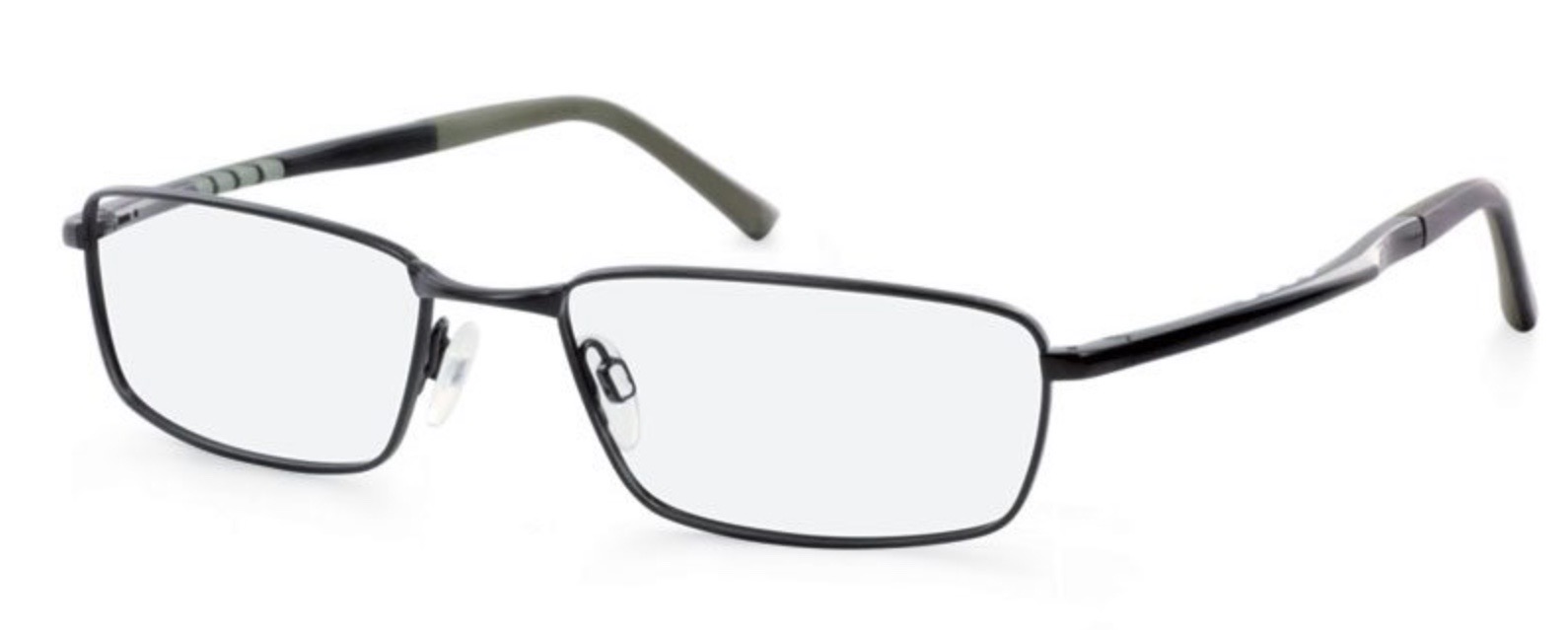
Choosing Frames
Considering just a few basics should help you find the right frame & lens combination for the best comfort, vision and fashion!
How To Choose Frames
- Consider the spectacle prescription requirements. e.g. A high minus prescription can be made lighter by watching frame size isnt too big.
- Are you aware of any allergies to the frame materials? e.g. alloy metals? You may want to avoid metal frames and consider acetate (plastic) frames or titanium frames instead.
- Do you find nose pads on a frame troublesome? You can avoid them entirely by choosing an acetate (plastic) frame or you could try a set of silicone nose-pads FREE. We will be happy to fit your new frame with soft silicone nose pads. Just add it as a request in the note at checkout.
- Are you concerned with weight on the bridge of your nose? Titanium frames are a fraction of the weight of usual metal and acetate (plastic frames). You can also use thinner and lighter lenses, thinner and lighter by up to 40% compared to standard plastic lenses.
FAQ
When are thinner lenses a good idea?
Thinner & lighter lenses are available to anyone concerned about weight from their lenses. The difference between standard and thinner lenses is however ,more noticable the stronger the prescription is. A prescription of -3.00D / +3.00D and above should appreciate this difference.
Are there nose pads on all frames?
Nose pads that are adjustable will be found on metal, stainless steel and titanium frames but NOT on plastic frames.
Will a spring hinge side hold my glasses on better?
A spring hinge side is a great feature which strengthens the side (handy if taking off with one hand) but does not replace the need for the frame to be fitting well at the head and ears.
Are titanium frames strong?
Yes although they are very lightweight they are strong, durable and corrosion resistant.
How can i prolong the life of my glasses?
Our INCLUSIVE Anti-Scratch coating should assist in prolonging life of lenses.
Consider a spring hinge if you are hard on your glasses epecially when removing them.
Avoid making a fashion statement that you may want to change with the fashion.
Frames tend to be too small for my head, what are the sizes?
There tends to be 3 numbers given in frame sizing. The eye size , the bridge size and the length of the side. This is written in in the format 52mm / 16mm / 140mm.
The eye size varies from about 38mm in a child up to 60mm, with most adult frames lying in the range of 50mm-54mm.
The bridge will range from 10mm-22mm, with most adult frameslying in the range of 14-18mm.
The length of side with generally only be 130mm-150mm with most adult frames lying in the range of 135mm or 140mm
The size of a frame is printed on it.
Unfortunately the eye size of a frame is measured accross the lens so lens shape can affects the final sizing.
What material of frame should I choose?
The material of frame to choose depends on any allergy considerations such as nickel. If so avoid metal frame and look at plastic and titanium.
If you want light weight then stainless steel and titanium are the better choices as long as you are happy enough with nose pads.
If you want bold colours and heavier rims then plastic frames would be a better choice.

